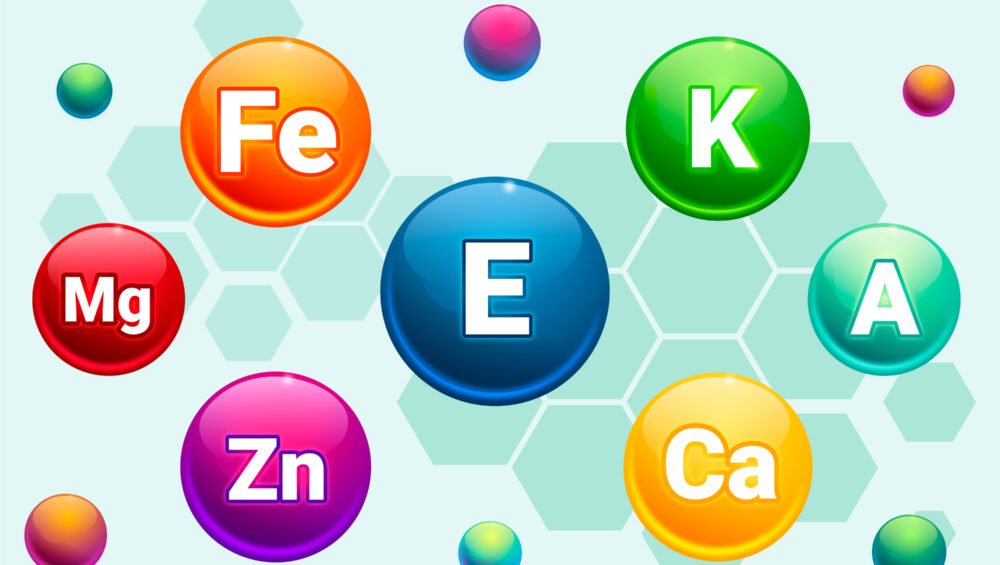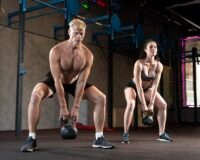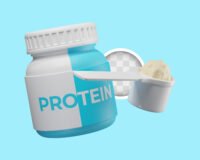Top Vitamins and Minerals Every Athlete Needs
Top Vitamins and Minerals every athlete needs. Welcome, dedicated athlete. You’ve mastered the fundamentals: you understand periodized training programs, you prioritize protein intake for muscle protein synthesis, and you hydrate with purpose. But if you’re overlooking the intricate world of micronutrients—vitamins and minerals—you’re leaving a significant portion of your performance, recovery, and long-term health potential on the table.
Think of your body as the most advanced high-performance engine ever built. Macronutrients (carbs, proteins, fats) are your fuel. But vitamins and minerals are the spark plugs, the catalytic converters, the engine control unit, and the premium synthetic oil. Without them, that high-octane fuel can’t be efficiently burned, the engine can’t be kept cool, and the internal components will wear down prematurely.
As a research scientist specializing in exercise physiology and sports nutrition, my goal is to translate complex biochemical pathways into actionable intelligence for you. This isn’t about generic health advice; this is a targeted, evidence-based blueprint for using micronutrients to gain a tangible edge. We’re going beyond the basics of “vitamin C is good for you” and into the realm of how specific nutrients directly influence energy production, oxygen utilization, tissue repair, and inflammatory response.
Let’s dive into the top vitamins and minerals every athlete needs, powered by the latest research.
1. The B-Vitamin Complex: The Energy Production Powerhouse
The eight B-vitamins (Thiamine-B1, Riboflavin-B2, Niacin-B3, Pantothenic Acid-B5, Pyridoxine-B6, Biotin-B7, Folate-B9, Cobalamin-B12) are the undisputed champions of energy metabolism. They are not sources of energy themselves, but they are essential coenzymes—the tiny molecular helpers—that allow your body to convert dietary carbohydrates, fats, and proteins into adenosine triphosphate (ATP), the universal currency of energy in your cells.
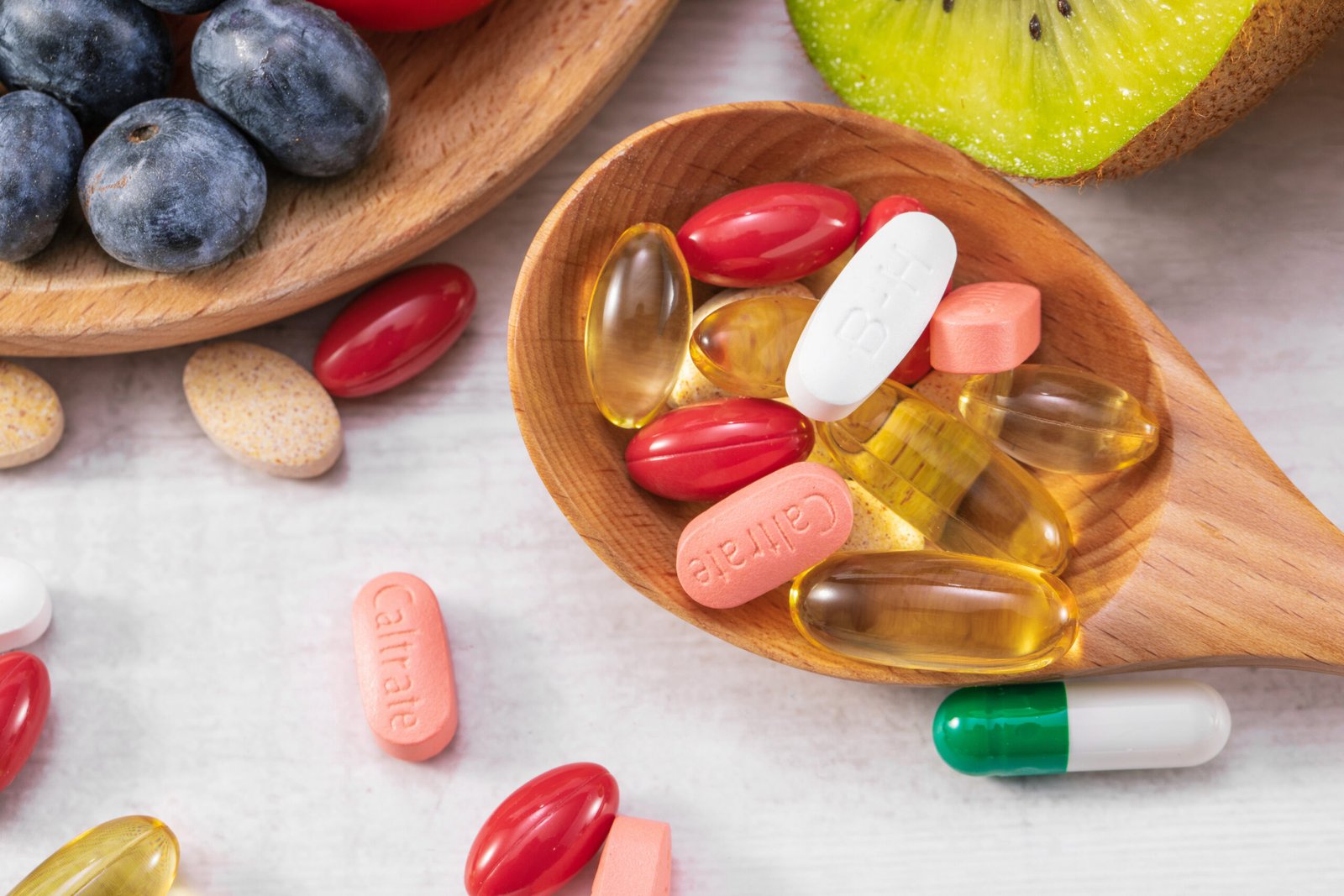
Why Athletes Are at Risk: Training doesn’t just burn calories; it increases the turnover rate of these vitamins. You are literally using them up faster than a sedentary person. Furthermore, losses occur through sweat and urine. Recent studies have shown that marginal deficiency in certain B-vitamins, even without clinical symptoms, can significantly impair high-intensity exercise performance and recovery.
Key Players and New Insights:
- Vitamin B6 (Pyridoxine): Critical for breaking down glycogen (stored carbs in muscles and liver) into usable glucose. It’s also vital for protein metabolism and the production of hemoglobin, the oxygen-carrying molecule in red blood cells. New research suggests optimal B6 status is crucial for modulating the immune response post-exercise, helping you stay healthy during heavy training blocks.
- Folate (B9) and Vitamin B12: These two work in a tightly linked partnership for red blood cell formation and DNA synthesis. Without them, you risk developing a form of anemia where your red blood cells are large and immature (megaloblastic anemia), drastically reducing their oxygen-carrying capacity. This directly cripples endurance. Important note for athletes: The MTHFR gene mutation, which is relatively common, can impair folate metabolism. For these individuals, supplemental L-methylfolate (the active form) may be more effective than synthetic folic acid.
- Riboflavin (B2): A key component of the electron transport chain, the final and most productive stage of ATP production inside your mitochondria (the powerplants of your cells). Research is exploring its role in mitigating oxidative stress specifically induced by endurance exercise.
Practical Application: You can’t out-supplement a poor diet. Prioritize whole food sources: whole grains, eggs, lean meats, dark leafy greens, legumes, and nutritional yeast. However, given the increased demands of training, a high-quality B-complex supplement can be a wise insurance policy, particularly during periods of intense volume or caloric restriction.
2. Vitamin D: The Multifunctional Performance Hormone
Calling Vitamin D a “vitamin” is almost a misnomer. It functions primarily as a steroid hormone, and its receptors are found in nearly every tissue in your body, including skeletal muscle, heart muscle, and immune cells. This widespread presence hints at its profound importance.
The Performance Link:
- Muscle Function and Strength: Vitamin D receptors are directly embedded in muscle tissue. When activated by Vitamin D, they influence the nucleus of the muscle cell to increase protein synthesis—the very process of building muscle. A 2023 meta-analysis confirmed that athletes with sufficient Vitamin D levels demonstrate greater muscle strength, power, and vertical jump height compared to their deficient counterparts. It enhances the contractile function of fast-twitch muscle fibers, which are essential for sprinting and explosive movements.
- Immune Function: Strenuous exercise creates a temporary period of immunosuppression, often called the “open window,” where you’re more susceptible to infection. Vitamin D is a potent immune modulator. It enhances the pathogen-fighting abilities of monocytes and macrophages (white blood cells) and decreases inflammation, helping to keep you healthy.
- Bone Health: Its classic role. It regulates calcium absorption. Strong bones are not just for avoiding stress fractures; they are the anchor points for muscles. A stronger skeleton allows for more powerful force production.
The Modern Problem: We are an indoor species. Most athletes, unless they train outdoors year-round in sunny climates, are at high risk of insufficiency. Sunscreen, which is crucial for skin cancer prevention, also blocks the UVB rays needed for Vitamin D synthesis.
Practical Application: Get your levels tested. This is non-negotiable. Aim for a serum 25-hydroxyvitamin D level of at least 40-60 ng/mL for optimal athletic performance, a threshold higher than the general population’s “sufficient” level. Depending on your baseline, supplementation with Vitamin D3 (cholecalciferol) is often necessary. Doses can range from 2,000 to 5,000 IU daily, but this must be personalized based on blood work. Always take it with a source of fat (like fish oil or a meal) for optimal absorption.
3. Magnesium: The Mineral of Recovery
Magnesium is involved in over 300 enzymatic reactions in the body. It is the ultimate multitasker, but for athletes, its roles in energy production, muscle function, and nervous system regulation are paramount.
The Biochemical Engine:
- ATP Production: ATP, the energy molecule, must be bound to a magnesium ion (Mg-ATP) to be biologically active. No magnesium, no usable energy. It’s that simple.
- Muscle Contraction and Relaxation: Magnesium acts as a natural calcium channel blocker. Calcium stimulates muscle contraction. Magnesium facilitates relaxation. An imbalance, with too little magnesium, can lead to increased muscle excitability, cramps, spasms, and impaired recovery between sessions.
- Nervous System Regulation: It supports the function of the parasympathetic nervous system—the “rest and digest” system. This is critical for sleep quality and psychological recovery.
- Glycogen Metabolism: Magnesium is required for enzymes that help store glucose as glycogen in your muscles and liver, your primary fuel tank.
Why Athletes Are Deficient: Intensive exercise increases urinary and sweat losses of magnesium. Furthermore, modern agricultural practices have depleted magnesium from soils, making even “healthy” diets potentially suboptimal.
New Research: Studies are now focusing on magnesium’s role in mitigating the cortisol (stress hormone) response to exercise and its impact on brain health and resilience to training stress.
Practical Application: Dietary sources include nuts, seeds, legumes, dark leafy greens, and dark chocolate. However, due to losses, supplementation is extremely common and beneficial. Forms matter:
- Magnesium Glycinate/Bisglycinate: Highly bioavailable and gentle on the stomach. Excellent for overall sufficiency and promoting relaxation and sleep.
- Magnesium Citrate: Good bioavailability, sometimes used for constipation.
- Avoid Magnesium Oxide: It has very poor bioavailability (~4%).
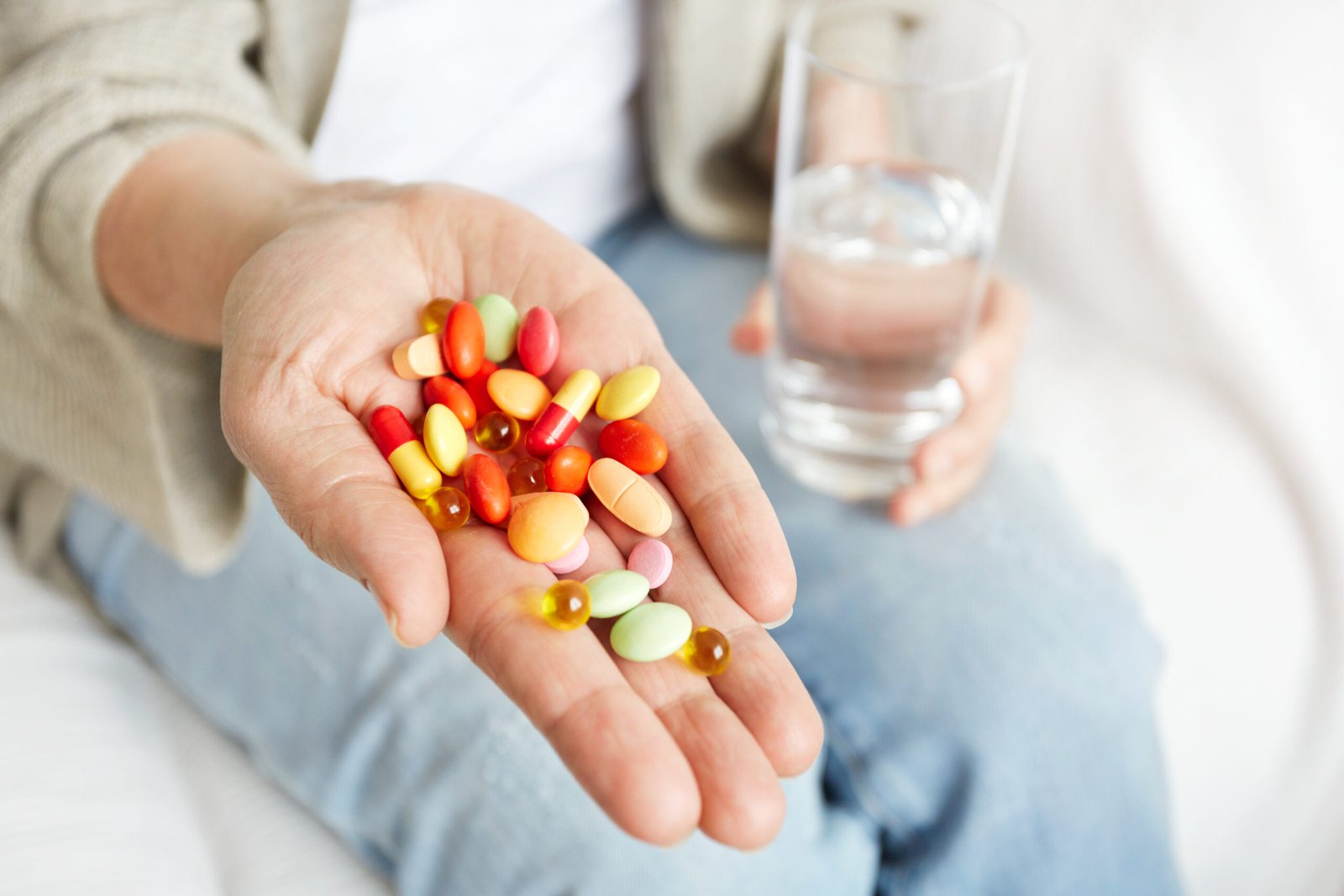
A daily supplemental dose of 200-400mg of elemental magnesium, preferably taken in the evening, is a solid strategy for most athletes to support recovery and sleep.
4. Iron: The Oxygen Transporter
This is one of the most critical, and most misunderstood, minerals for athletes, particularly endurance athletes and females.
Its Role: Iron is the core component of hemoglobin. Hemoglobin in red blood cells carries oxygen from your lungs to your working muscles. It’s also a key part of myoglobin, which stores oxygen within muscle cells themselves. Without adequate iron, your VO2 max—your aerobic ceiling—plummets. You’ll feel fatigued, weak, and out of breath with minimal effort.
Why Athletes Are at High Risk:
- Foot-Strike Hemolysis: The repetitive impact of running can literally crush and destroy red blood cells in the capillaries of the feet, increasing iron turnover.
- Sweat Losses: Iron is lost in sweat.
- GI Tract Losses: High-intensity exercise can cause minor gastrointestinal bleeding.
- Increased Demand: Training stimulates an increase in blood volume and red blood cell production, which requires more iron.
- Female Athletes: Menstrual blood loss presents a significant additional challenge, making female athletes a particularly high-risk group.
The Inflammation Catch: Here’s the advanced concept. Intense exercise causes a temporary increase in the hormone hepcidin. Hepcidin’s job is to block iron absorption in the gut and lock iron away in storage. This is an inflammatory response. The peak of hepcidin occurs about 3-6 hours post-exercise. This means if you take your iron supplement too close to a workout, your body may not absorb it.
Practical Application:
- Get Tested Annually: Request a full iron panel: Serum Iron, Total Iron-Binding Capacity (TIBC), Transferrin Saturation (TSAT), and Ferritin (iron stores). Ferritin is the most important marker. For athletes, aim for a ferritin level of at least 50-70 ng/mL, with some experts advocating for even higher (100 ng/mL) in elite endurance athletes. The standard lab “normal” range often starts too low for an athlete’s needs.
- Timing is Everything: If you supplement, take your iron supplement away from exercise—either first thing in the morning or before bed. Avoid taking it within 3 hours of a training session.
- Enhance Absorption: Take iron with a source of Vitamin C (e.g., a small glass of orange juice) to significantly boost absorption. Avoid taking it with calcium-rich foods or coffee/tea, which can inhibit absorption.
- Form Matters: Ferrous sulfate is common but can cause GI distress. Ferrous bisglycinate is a chelated form that is better absorbed and much gentler on the stomach.
Check our mineral supplements selection for sale
5. Zinc: The Anabolic and Immune Guardian
Zinc is a catalyst for over 100 enzymes involved in synthesis and repair. It’s fundamental for cell division, which is constant in repairing muscle tissue, and for immune function.
The Athletic Connection:
- Testosterone Production: Zinc is crucial for the synthesis of testosterone, a primary anabolic hormone for muscle growth and strength.
- Protein Synthesis: It is directly involved in the process of building new proteins from amino acids.
- Immune Health: Zinc is vital for the normal development and function of immune cells. Zinc lozenges are popular for a reason—zinc can directly inhibit the replication of certain viruses in the upper respiratory tract.
- Antioxidant Defense: It is a component of the powerful antioxidant enzyme superoxide dismutase (SOD).
The Deficiency Danger: Like magnesium, zinc is lost in sweat. High-intensity training, especially endurance work, can increase zinc losses and requirements. Low zinc status is linked to decreased testosterone, increased cortisol, poorer recovery, and more frequent illnesses.
Practical Application: Excellent dietary sources include oysters, red meat, poultry, pumpkin seeds, and lentils. Vegetarian and vegan athletes need to be particularly mindful, as plant sources contain phytates that can bind zinc and reduce its absorption. Soaking and sprouting grains and legumes can help mitigate this. A supplemental dose of 15-30 mg of zinc (often found in ZMA formulations—Zinc, Magnesium, Vitamin B6) can be beneficial, especially during high-stress training periods. Do not megadose zinc long-term, as it can interfere with copper absorption.
6. Calcium: The Bone Commander and Muscle Contractor
While known for bones, calcium’s role is immediate and dynamic for muscle contraction.
The Mechanism: The process of muscle contraction is called the “Sliding Filament Theory.” A nerve signal triggers the release of calcium ions from storage sites within the muscle cell. This calcium flood binds to specific sites, initiating the powerful interaction between actin and myosin filaments that causes the muscle to contract. Without calcium, the signal is sent, but the muscle cannot execute the command.
The Bone Bank: For athletes, bone is a living tissue that adapts to stress. The impact and muscle pull of exercise stimulate bone remodeling, making it denser and stronger. Calcium is the primary mineral deposited during this process. Inadequate calcium intake, especially when combined with low energy availability (not eating enough to support training), can lead to stress fractures and long-term issues like osteoporosis.
The Vitamin D Partnership: Remember, you cannot absorb calcium effectively without sufficient Vitamin D. They are a non-negotiable team.
Practical Application: Aim for dietary sources first: dairy products (milk, yogurt, cheese), fortified plant milks, sardines and canned salmon with bones, dark leafy greens (kale, broccoli), and tofu made with calcium sulfate. The RDA for athletes is 1000-1300 mg per day. Supplementation may be necessary for those who avoid dairy, but it’s best to focus on food first to get a complex matrix of other bone-supporting nutrients.
7. Antioxidants: Vitamin C, Vitamin E, and Selenium – The Strategic Defense System
This is an area where the science has evolved dramatically, and the old “more is better” approach is now known to be potentially harmful.
The Exercise Paradox: Strenuous exercise produces reactive oxygen species (ROS) and free radicals. This is a normal, healthy signal. This oxidative stress is a primary trigger for adaptation—it tells your body to upregulate its own powerful, endogenous antioxidant systems (like glutathione) and to build stronger mitochondria. This is called mitochondrial hormesis.
The Problem with Megadosing: For years, athletes megadosed on antioxidants like Vitamin C and E around their workouts, thinking they were reducing muscle soreness and speeding recovery. However, newer, more sophisticated research shows that blunting this oxidative stress signal with high-dose antioxidants can actually block the training adaptation. It can diminish improvements in endurance capacity and mitochondrial biogenesis (the creation of new powerplants). You’re essentially interrupting the body’s communication system that tells it to get stronger.
The Modern, Nuanced Approach: The goal is not to eliminate oxidative stress, but to support your body’s own ability to manage it over the long term. We want a robust internal antioxidant system, not a crutch from external megadoses that might interfere at the wrong time.
- Vitamin C: Essential for synthesizing collagen, the primary protein in connective tissue (tendons, ligaments). This is crucial for injury prevention. It also helps regenerate Vitamin E and aids iron absorption.
- Vitamin E: A fat-soluble antioxidant that protects cell membranes from lipid peroxidation (damage).
- Selenium: A component of the antioxidant enzyme glutathione peroxidase, one of the body’s most important internal defenders.

Practical Application: Get these nutrients from food, not from high-dose supplements around training times. A diet rich in colorful fruits and vegetables (berries, citrus, bell peppers, spinach) provides Vitamin C. Nuts, seeds, and plant oils provide Vitamin E. Brazil nuts (just 1-2 per day!), seafood, and meats provide Selenium. This dietary approach provides a baseline of antioxidant support without the pharmacological doses that could blunt your hard-earned adaptations. Save the tart cherry juice or high-dose supplements for specific scenarios, like extreme race conditions or during periods of known high inflammation, not daily training.
Putting It All Together: The Athlete’s Micronutrient Action Plan
Knowledge is useless without application. Here is your step-by-step plan.
- Food First, Always. Build your diet on a foundation of micronutrient-dense whole foods:
- Colorful Fruits & Vegetables: Aim for a rainbow. Each color represents different phytonutrients and vitamins.
- Quality Proteins: Lean meats, poultry, fish, eggs, dairy, legumes. These provide B-vitamins, iron, zinc.
- Whole Grains: Oats, quinoa, brown rice. Provide B-vitamins and magnesium.
- Nuts and Seeds: Almonds, pumpkin seeds, sunflower seeds. Powerhouses of magnesium, zinc, Vitamin E.
- Fatty Fish: Salmon, mackerel. Provide Vitamin D.
- Get Blood Work Done. This is the most important step. Don’t guess. Work with a sports dietitian or a doctor who understands athlete physiology. Test at least once a year, ideally before your hardest training block. Key tests: Vitamin D (25-OH-D), Full Iron Panel (including Ferritin), Vitamin B12, and a basic metabolic panel.
- Supplement Strategically, Not Recklessly.
- Consider a Foundation: A high-quality B-Complex and a Magnesium Glycinate supplement are beneficial for nearly all serious athletes due to high turnover and losses.
- Personalize Based on Data: Supplement with Vitamin D, Iron, or Zinc only if your blood work indicates a need.
- Timing Matters: Take supplements away from training sessions to avoid any potential interference with absorption or adaptation signals.
- Remember the Synergy. Nutrients work in networks. Vitamin D needs magnesium to become active. Vitamin C enhances iron absorption. Zinc and copper balance each other. This is why a food-first approach is superior—it provides these complexes naturally.
- Re-evaluate Periodically. Your needs will change with your training volume, intensity, age, and diet. This is a dynamic process.
The Marginal Gains Add Up
In the pursuit of excellence, the difference between good and great is often a collection of marginal gains. Optimizing your micronutrient status is not about a magic pill; it’s about a systematic, scientific approach to supporting the incredible biochemical machinery that is your body. By moving beyond calories and macros and mastering the micronutrient game, you ensure that every ounce of effort you put into your training is effectively converted into performance, strength, and resilience. Fuel smart, train hard, recover smarter.
Read more: supplements studies

